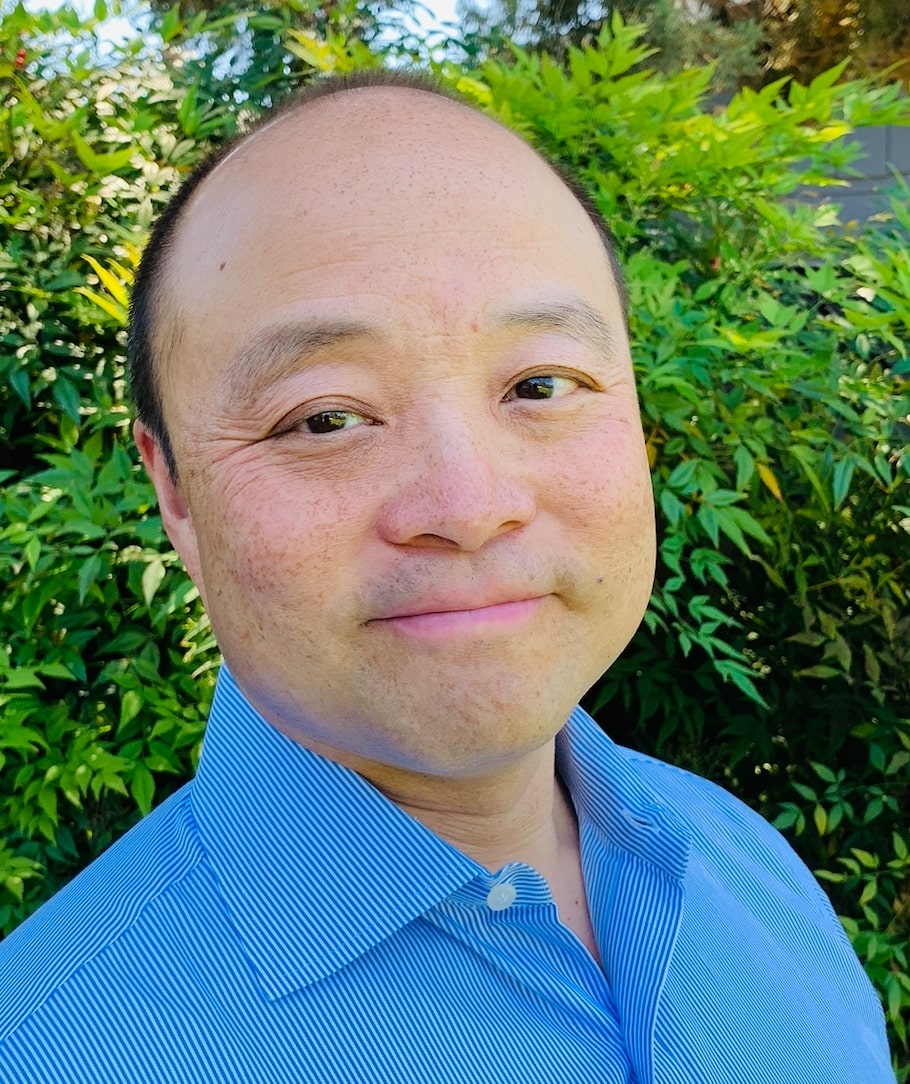TSMC introduced its System-on-Wafer (TSMC-SoW™) technology, an innovative solution to bring revolutionary performance to the wafer level in addressing the future AI requirements for hyperscaler datacenters.
At the TSMC 2024 North America Technology Symposium, they debuted the TSMC A16™ technology, featuring leading nanosheet transistors with innovative backside power rail solution for production in 2026, bringing greatly improved logic density and performance.
The latest version of CoWoS allows TSMC to build silicon interposers that are about 3.3 times larger than the size of a photomask (or reticle, which is 858mm2). Thus, logic, eight HBM3/HBM3E memory stacks, I/O, and other chiplets can occupy up to 2831 mm2. The maximum substrate size is 80×80 mm.
The next generation CoWoS_L, ready for production in 2026, will be capable of enabling interposers of around 5.5 times the reticle size. 4719 mm2 will be available for logic, up to 12 HBM memory stacks, and other chiplets. It will be 100×100 mm.
In 2027, TSMC SOW will use 120x120mm packages and will use kilowatts of power.
New technologies introduced at the symposium include:
TSMC A16™ Technology: With TSMC’s industry-leading N3E technology now in production, and N2 on track for production in the second half of 2025, TSMC debuted A16, the next technology on its roadmap. A16 will combine TSMC’s Super Power Rail architecture with its nanosheet transistors for planned production in 2026. It improves logic density and performance by dedicating front-side routing resources to signals, making A16 ideal for HPC products with complex signal routes and dense power delivery networks. Compared to TSMC’s N2P process, A16 will provide 8-10% speed improvement at the same Vdd (positive power supply voltage), 15-20% power reduction at the same speed, and up to 1.10X chip density improvement for data center products.
A16 is 1.6 nanometer or 16 angstrom feature size chips.
TSMC NanoFlex™ Innovation for Nanosheet Transistors: TSMC’s upcoming N2 technology will come with TSMC NanoFlex, the company’s next breakthrough in design-technology co-optimization. TSMC NanoFlex provides designers with flexibility in N2 standard cells, the basic building blocks of chip design, with short cells emphasizing small area and greater power efficiency, and tall cells maximizing performance. Customers are able to optimize the combination of short and tall cells within the same design block, tuning their designs to reach the optimal power, performance, and area tradeoffs for their application.
N4C Technology: Bringing TSMC’s advanced technology to a broader range of of applications, TSMC announced N4C, an extension of N4P technology with up to 8.5% die cost reduction and low adoption effort, scheduled for volume production in 2025. N4C offers area-efficient foundation IP and design rules that are fully compatible with the widely-adopted N4P, with better yield from die size reduction, providing a cost-effective option for value-tier products to migrate to the next advanced technology node from TSMC.
CoWoS®, SoIC, and System-on-Wafer (TSMC-SoW™ ): TSMC’s Chip on Wafer on Substrate (CoWoS) has been a key enabler for the AI revolution by allowing customers to pack more processor cores and high-bandwidth memory (HBM) stacks side by side on one interposer. At the same time, our System on Integrated Chips (SoIC) has established itself as the leading solution for 3D chip stacking, and customers are increasingly pairing CoWoS with SoIC and other components for the ultimate system-in-package (SiP) integration.
With System-on-Wafer, TSMC is providing a revolutionary new option to enable a large array of dies on a 300mm wafer, offering more compute power while occupying far less data center space and boosting performance per watt by orders of magnitude. TSMC’s first SoW offering, a logic-only wafer based on Integrated Fan-Out (InFO) technology, is already in production. A chip-on-wafer version leveraging CoWoS technology is scheduled to be ready in 2027, enabling integration of SoIC, HBM and other components to create a powerful wafer-level system with computing power comparable to a data center server rack, or even an entire server.
Silicon Photonics Integration: TSMC is developing Compact Universal Photonic Engine (COUPE™ ) technology to support the explosive growth in data transmission that comes with the AI boom. COUPE uses SoIC-X chip stacking technology to stack an electrical die on top of a photonic die, offering the lowest impedance at the die-to-die interface and higher energy efficiency than conventional stacking methods. TSMC plans to qualify COUPE for small form factor pluggables in 2025, followed by integration into CoWoS packaging as co-packaged optics (CPO) in 2026, bringing optical connections directly into the package.
Automotive Advanced Packaging: After introducing the N3AE “Auto Early” process in 2023, TSMC continues to serve our automotive customers’ needs for greater computing power that meets the safety and quality demands of the highway by integrating advanced silicon with advanced packaging. TSMC is developing InFO-oS and CoWoS-R solutions for applications such as advanced driver assistance systems (ADAS), vehicle control, and vehicle central computers, targeting AEC-Q100 Grade 2 qualification by fourth quarter of 2025.

Brian Wang is a Futurist Thought Leader and a popular Science blogger with 1 million readers per month. His blog Nextbigfuture.com is ranked #1 Science News Blog. It covers many disruptive technology and trends including Space, Robotics, Artificial Intelligence, Medicine, Anti-aging Biotechnology, and Nanotechnology.
Known for identifying cutting edge technologies, he is currently a Co-Founder of a startup and fundraiser for high potential early-stage companies. He is the Head of Research for Allocations for deep technology investments and an Angel Investor at Space Angels.
A frequent speaker at corporations, he has been a TEDx speaker, a Singularity University speaker and guest at numerous interviews for radio and podcasts. He is open to public speaking and advising engagements.
>>> Read full article>>>
Copyright for syndicated content belongs to the linked Source : Next Big Future – https://www.nextbigfuture.com/2024/04/tsmc-system-on-wafer-for-over-3-5-times-the-compute-by-2027.html































